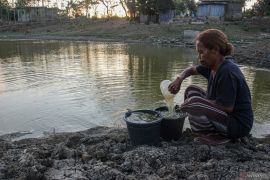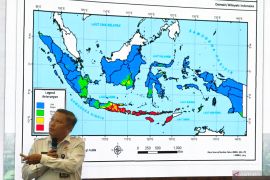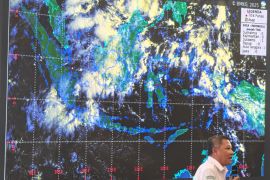"Of the many such rumors in the past predicting strong earthquakes and tsunami, not one turned out to be true," said Daryono, the head of the department dealing with information on earthquake and tsunami in the Meteorology, Climatology and Geophysics Agency (BMKG) here on Monday.
Rumors in social media during the past few days about an earthquake striking Yogyakarta and its surrounding areas have sparked public anxiety.
Daryono noted that since early November, the agency has recorded nine earthquakes that were felt in the southern part of Java, and two tremors which caused some damage. Of these, the first was in Pengalengan, West Java, on November 6 and the second in Malang, East Java on November 16.
The increased seismic activity, he explained, was not an indication of an impending possible strong quake. The tremors were still within the normal levels, considering that southern Java is close to an active subduction zone.
Daryono explained that an earthquake occurred when the Indo-Australia plate crept under the Java Island at a rate of 74 millimeter per year, causing a high seismic activity in southern Java.
Those tremors, he said, have gradually resulted in release of energy and it would not accumulate again to spark any powerful earthquake.(*)
Editor: Heru Purwanto
Copyright © ANTARA 2016











